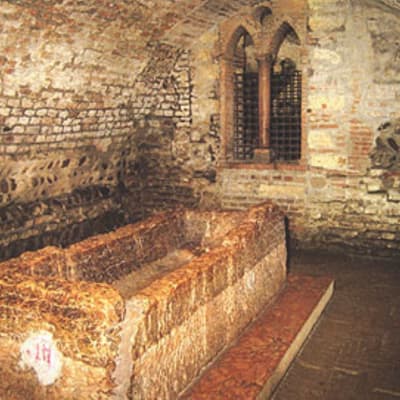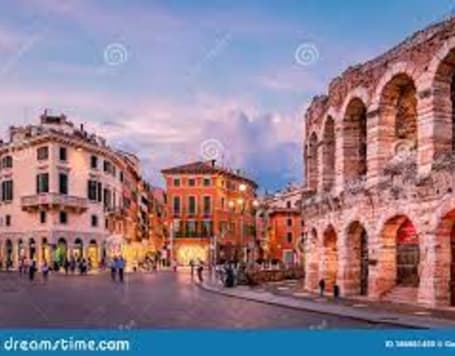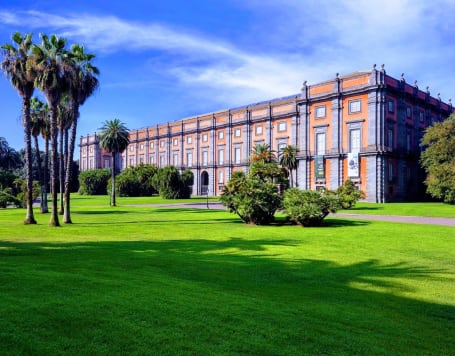Tomba di Giulietta, popularly known as Tomb of Juliet, the lady love of Shakespeare, is a
famous tourist allure near Verona, Italy. Some things one can do while being there:
Sightseeing the mausoleum: Juliet's sarcophagus is the main allotment in Verona. The
casket is nestled inside a vault underground in the church. Tourists who visit this Tomb often
leave flowers or other things in respect.
See the Juliet balcony: The renowned balcony from Romeo and Juliet is somewhere in
Verona, but the location of Juliet's grave includes a terrace where guests may pose for
photos and envision themselves as well-known Shakespearean characters.
Investigate the museum: The location also has a tiny museum with displays on the history of
the tomb and the Romeo and Juliet tale.
Hire a travel guide: Consider taking a guided tour with a knowledgeable local guide to learn
more about the location and its history.
See a play: The location occasionally stages Shakespeare's plays, which may be a
distinctive and unforgettable way to encounter Romeo and Juliet's tale in the city where it is
situated.
See other Verona attractions: Verona is a lovely ancient city with many fascinating sights,
including the Verona Arena, Piazza delle Erbe, and the Castelvecchio Museum.




























